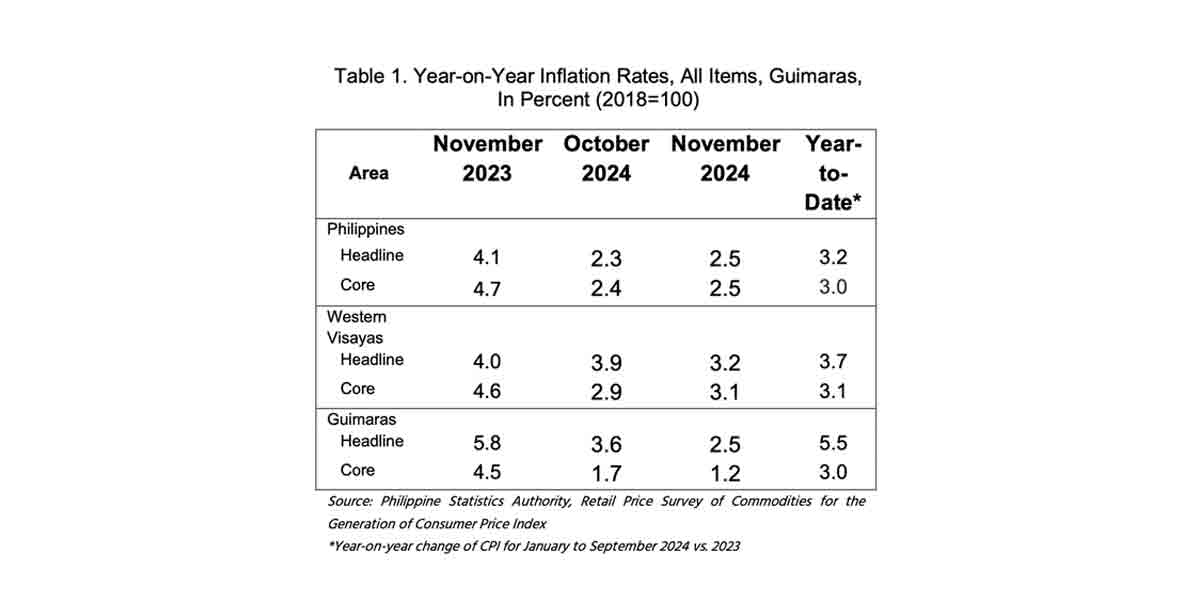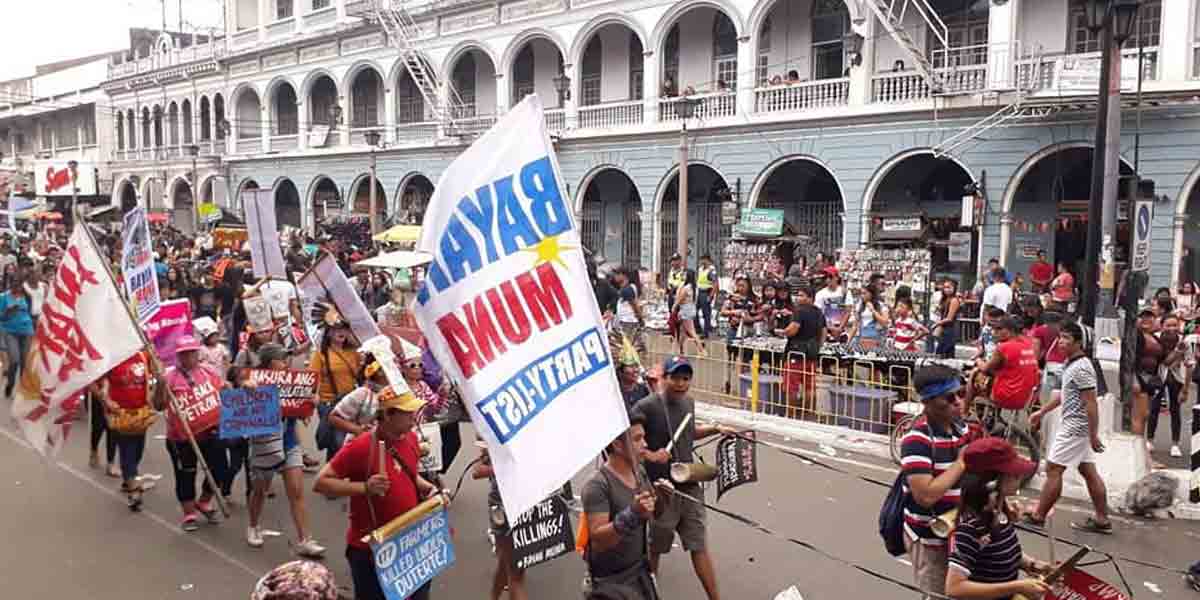By Joseph Bernard A. Marzan and Dolly Yasa
A local labor leader said on Friday, Oct. 18, that despite a recent slowdown in inflation, the current regional wage hike petition is still crucial for workers to cope with the rising costs of fuel, food, and other essential goods.
United Labor spokesperson Mario Andon told Daily Guardian On Air that the current P480 regional minimum wage is effectively only worth P368.
While he mentioned a 4.2% inflation rate, data from the Philippine Statistics Authority-Western Visayas shows that the regional rate in September 2024 was 3.4%, down from 4.9% in August and significantly lower than the 6.6% recorded in September 2023.
Andon also referenced a National Economic and Development Authority (NEDA) statement, claiming the ideal daily wage in the region should be P1,128.
However, Daily Guardian has been unable to verify this information.
Data from NEDA’s AmBisyon Natin 2040, cited in a 2016 column by Efren Cruz in The Philippine Star, suggested that a Filipino family could achieve a “simple and comfortable life” with a gross monthly income of P120,000, or P4,000 daily, based on prices at that time.
Andon said United Labor, a coalition of various labor groups in the region, views their P150 wage hike proposal as “wage recovery.”
He pointed to recent increases in real property taxes in Iloilo City and the implementation of parking fees at private properties like malls and business complexes.
“The value we lose between the actual P480 and real P368 wages is P112, so calling for a P150 increase is justified. This is still far from the ideal living wage of P1,128, which is a gap of about 155%,” he said in a radio interview.
“We want the Regional Tripartite Wages and Productivity Board-Western Visayas to know that this is a just request because of inflation and our reduced purchasing power,” he added.
Andon dismissed claims from employers and business groups that wage hikes would lead to austerity measures. He cited their latest wage hearing in Roxas City on Oct. 10 as evidence.
He also stated that NEDA attributed economic growth to wage increases, but Daily Guardian has not found any official statement from the agency confirming this.
In contrast, NEDA Secretary Arsenio Balisacan, in February 2024, warned that a proposed P100 across-the-board wage hike could reduce the Gross Domestic Product by 0.1% to 0.5%.
“After the last minimum wage hike in November 2023, opponents claimed there would be inflation, retrenchment, or layoffs. But no real evidence supports these claims,” Andon said.
“They couldn’t present any proof of retrenchment, dismissals, or business closures. This proves that the workers’ wage hike petition is justified,” he added.
Regional Tripartite Wages and Productivity Board (RTWPB) chairperson and Department of Labor and Employment-Western Visayas regional director Sixto Rodriguez said at their Oct. 10 hearing that they are considering a P30 wage hike.
FAIR WAGE HIKE
Meanwhile, General Alliance of Workers Association Secretary-General Wennie Sancho called for a substantial wage increase in Western Visayas, framing it as a matter of social justice.
In a press statement provided to the Daily Guardian on Monday, Sancho said workers deserve a fair response from the Regional Wage Board, emphasizing that the board has a mandate to ensure equity in its decisions.
He argued that the demand for a wage hike in the region is a right to just compensation, reflecting the value of labor that sustains industry and the economy.
Sancho pointed out that despite nearly three decades of wage rationalization, minimum wages in Region 6 remain insufficient to support a decent standard of living.
“This underscores the government’s failure to provide economic relief for workers, especially amid the erosion of their purchasing power,” he said.
Sancho stressed that labor is the primary creator of wealth in society.
Without labor, he added, industries such as transport and agriculture would grind to a halt, yet workers remain the least rewarded despite their productivity.
“Workers are recognized in the Philippine Constitution as the ‘primary social economic force,’ yet they are underpaid, underprotected, underfed, and underemployed,” Sancho said.
To determine the appropriate wage increase, Sancho cited the purchasing power of the peso (PPP) as a reference point.
He highlighted the ongoing decline in the real value of the minimum wage due to inflation, which further weakens workers’ purchasing power.
“The formula for calculating the PPP is 1 divided by the Consumer Price Index (CPI), multiplied by 100,” Sancho explained.
He added that when the PPP is multiplied by the daily minimum wage, it reveals the amount workers lose daily, which must be recovered to restore their purchasing power.
“This calculation will help determine whether the current minimum wage still serves its purpose of protecting vulnerable workers from market fluctuations,” Sancho said.
He argued that raising wages is the most effective way to improve workers’ lives and distribute wealth equitably.
“We believe that any significant increase in workers’ purchasing power will lead to greater economic participation. Workers’ incomes are typically spent on domestic purchases, which in turn stimulate the economy,” Sancho said.
He concluded that the struggle for a just wage hike will persist as long as there is a wide gap between the rich and the poor.
“The goal of social justice is to ensure the dignity, welfare, and economic security of workers,” he added.






















